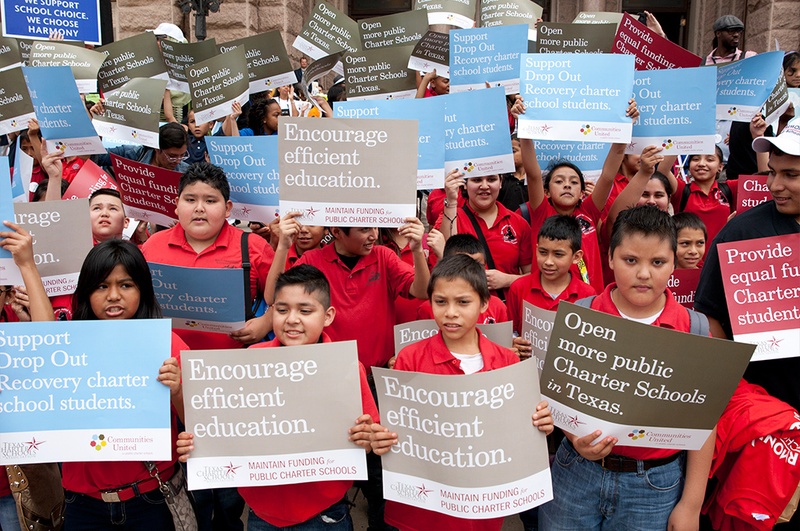By Mike Feiberg
La Voz de Austin
The debate over public education in Texas has been loud and heated. There’s nothing wrong with that, as long as we debate productively. But we’ve been bogged down in trivial fights that have prevented us from finding real solutions. If we want to set children up for success in the future, we need to think bigger.
The need for excellent college-prep education in Texas is growing. According to a recent Pew Research Center study, the earnings gulf between high school graduates and college graduates is larger than ever. But consider this statistic: Only 8.5 percent of Texas students from low-income backgrounds who started eighth grade in 2001 finished college within six years of graduating from high school, as The Texas Tribune reported earlier this year.
In light of budget cuts to public education in recent years, it’s a tough time for educators in Texas to tackle this challenge. But I have hope.
Schools and teachers across the state are finding new ways to solve this challenge. Parents, with growing numbers of school options, are voting with their feet by flocking to charters and other schools of choice with strong results. We need more of these schools, and we need them soon.
When I co-founded KIPP 20 years ago in a Houston ISD classroom, that college-prep focus drove our work. Thanks to support from both district and policy leaders, KIPP has grown to 141 public charter schools nationwide, including 37 here in Texas.
KIPP students in Houston are graduating from college at five times the rate of their socioeconomic peers in Texas. We’re proud of this growth, but we know we need to do even better — not just for our KIPP students, but for all public school students.
We know that KIPP — and public charter schools in general — are only part of the answer. No single public school solution, district or charter, is going to move the needle on college completion in Texas. We need many solutions, and the only way to find them is to empower our educators on the ground.
Instead of thinking topdown, we should be thinking bottom-up.
What might that look like in Texas? I have three suggestions:
Give all public schools the same freedoms as charter schools.
The premise of charter schools has always been more freedom in exchange for more accountability. We know that great school leaders and teachers are the key to any effective school. We need to foster an environment in which all public school leaders — district and charter — have the freedom to hire teachers and organize their schools as they see fit. And if these schools fail to deliver a high-quality education, we should hold them accountable by closing or restructuring them.
We already have terrific examples to follow in Texas, like Spring Branch ISD’s partnership with KIPP and YES Prep, which not only facilitates the creation of more flexible schools but allows charters and district schools to share school facilities and collaborate on teacher training.
Change how we train education leaders
Change how we train education leaders. Schools and school systems are only as good as their leaders. If we’re going to give principals the freedom to create new models, we need to make sure they’re qualified and prepared to do so. Likewise, we need to prepare school system leaders and superintendents to oversee these newer, freer schools and to hold them accountable for their results. Programs like Rice University’s Education
Entrepreneurship Program are leading the way, and we need more programs like this to help increase the number and quality of excellent leaders throughout the state.
Ensure fair funding for all public school students
Ensure fair funding for all public school students. Texas now has a two-tiered funding system, in which different kinds of public schools get different amounts of funding. Analyses of Texas Education Agency data show that public charter schools in Texas receive an average of $1,000 less in public per pupil funding than district schools.
To ensure that all public schools have the resources to develop and implement solutions and be responsive to their families and communities, we need to level the playing field by providing charter schools the same per-pupil funding as all public schools.
These are not the only steps we’ll need to take to turn our system from top-down to bottom-up, but they may be the most crucial. If we want Texas students to be prepared for college and the world beyond, we will need to chart a much different path for our public schools.




